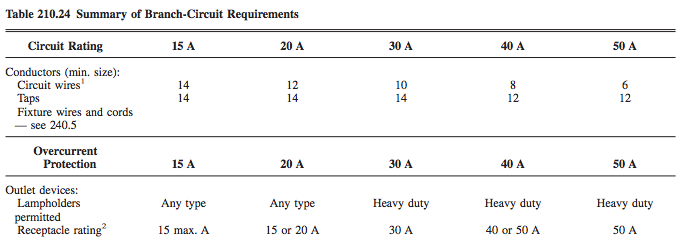Dsinned said:
That's what I thought with respect to that scenario . . . e.g. plugging in to a 250V/50A rated outlet (NEMA 14-50R) with infrastructure wiring/protection only good for 40A max. The JESLA has no way to "encode" this AC power source situation and thereby reduce its output current to 32A (i.e. 80% of 40A, not 50A). I have this L2 EVSE AC power situation myself, and I'm sure others may as well. However, Tony's JESLA feature list above implied it can "automatically" current limit appropriately in any situation (using a standard 14-50R to plug in the JESA for its AC power source). He went on to say, this is something that "no other EVSE can do", and that's certainly true. Hopefully, Tony will clarify this for us..
Let me try and explain it
When it uses the plain nema 14-50 it will go up to 40 amps.
When use the included nema 5-15 adapter, it measures the resistor that is mounted in the adapter, and "knows" it should limit to 80% of 15 amp = 12 amp and adjust the PWM signal accordingly.
When you buy the additional available plugs:
10-30, 14-30 : they both have another resistor which means the charger will be limited to 24 amps
and the 5-20 which has another resistor value that is limited to 16 amps.
The resistors in the adapter determine the amount of amps drawn.
Hope to have explained it clear enough

